Rediscovering the 17th Century
Rehoboth Ramblings
I’d like to take another look at two organizations I’ve written about over the past few years. One is the Sowams Heritage Area project and the other is the Lifelong Learning Collaborative (LLC) in Providence. Both of these organizations came together as the LLC offered a recent Zoom presentation by Dr. David Weed, coordinator of the Sowams project, whose goal is to create a new National Heritage Area in East Bay, RI and nearby Massachusetts.
Dr. Weed spoke on “Rediscovering the 17th century in the Sowams Heritage Area”. Last summer LLC offered an in-person course where Dr. Weed led participants around local native heritage sites, such as Anawan Rock in Rehoboth along with other places that are on private land and not normally open to the public. He plans to offer this course again this coming summer through LLC. He has also given a number of other informative talks locally, including in Rehoboth.
Lifelong Learning Collaborative (LLC) is a volunteer senior learning group in Providence that is open to all who are interested in continuing education. As its name says, it encourages each member to play an active role in discussing a wide variety of subjects on offer. The spring courses are beginning right about now, but you can find out more at www.lifelonglearningcollaborative.org. Classes include both in-person learning and Zoom presentations. They are also offering a free webinar lecture series with interesting speakers this spring that is open to all.
In his Zoom presentation, Dr. Weed explained how Massasoit was actually a title meaning chief or king, and that the Massasoit’s given name was Ousemequin (pronounced Ou-se-ME-quin), which meant Yellow Feather. The Sowams historical area includes at least part of several towns in Southeast New England: Warren, Bristol, Barrington, East Providence and Providence in RI, and Seekonk, Rehoboth, Somerset, and Swansea in Massachusetts. Dr. Weed said native people living in this area called themselves the Pokonoket and were made up of about 30 tribes; they did not call themselves Wampanoag. Dr. Weed said that it was Cotton and Increase Mather who used the term Wampanoag to describe all the tribes in Southeastern New England.
At the time the first Europeans arrived, there were probably around 100,000 native people living in what we call New England, people who had lived here since the end of the last ice age. By the time the Mayflower arrived, as many as 90% of the native population had died of diseases caught from the earliest European explorers and traders.
While the Pokonoket lived in relative peace with the colonists under the Massasoit Ousemequin, increasing tension developed as the English expanded more and more into Pokonoket territory, eventually causing violence to break out during the brutal King Philip’s War (1675-76). This troubled era in early colonial history doesn’t get enough coverage in our schools, Dr. Weed believes. There was terrible violence and bloodshed on both sides (the early settlement of Providence was burned to the ground).
After the war, natives who were not killed in the conflict were sold into slavery in Barbados. King Philip (Metacom, the son of Ousemequin) was killed, his body dismembered, and his head was stuck on a pike at Plymouth as a warning to all native people. Dr. Weed noted that “this is a dark story that people don’t want to hear about.”
The public is invited to learn more about a feasibility study for a new National Heritage Area by taking part in Community Conversations. The first two will be on Tues. March 26 at 3:30 at the Seekonk Public Library and on Wed. March 27 at 7pm in the Barn at Mount Hope Farm in Bristol. You can find out more, including helpful links and videos, at https://sowamsheritagearea.org.
Bluebird Society Update
In other local news, Hank Coleman sends an update on the Rehoboth Bluebird Society: “We have 55 members primarily from Rehoboth. There are members in Dighton, Seekonk and Attleboro. From reports last Fall, I estimate successful fledging in excess of 300 bluebirds. I hear from people throughout these towns with sightings of small flocks of bluebirds. With requests for information on attracting bluebirds being received, I anticipate an increase in membership and an increase in our bluebird population. For a membership fee of $25, a nesting box is provided, and if requested, a site visit is available to discuss appropriate box location and also an email can be added for sharing of information.” For more details, contact Hank at hjcoleman@comcast.net.
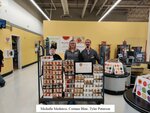
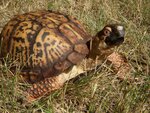
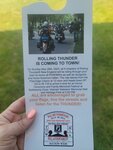
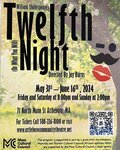

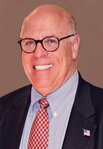
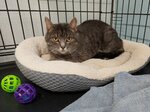








Comments
No comments on this item Please log in to comment by clicking here